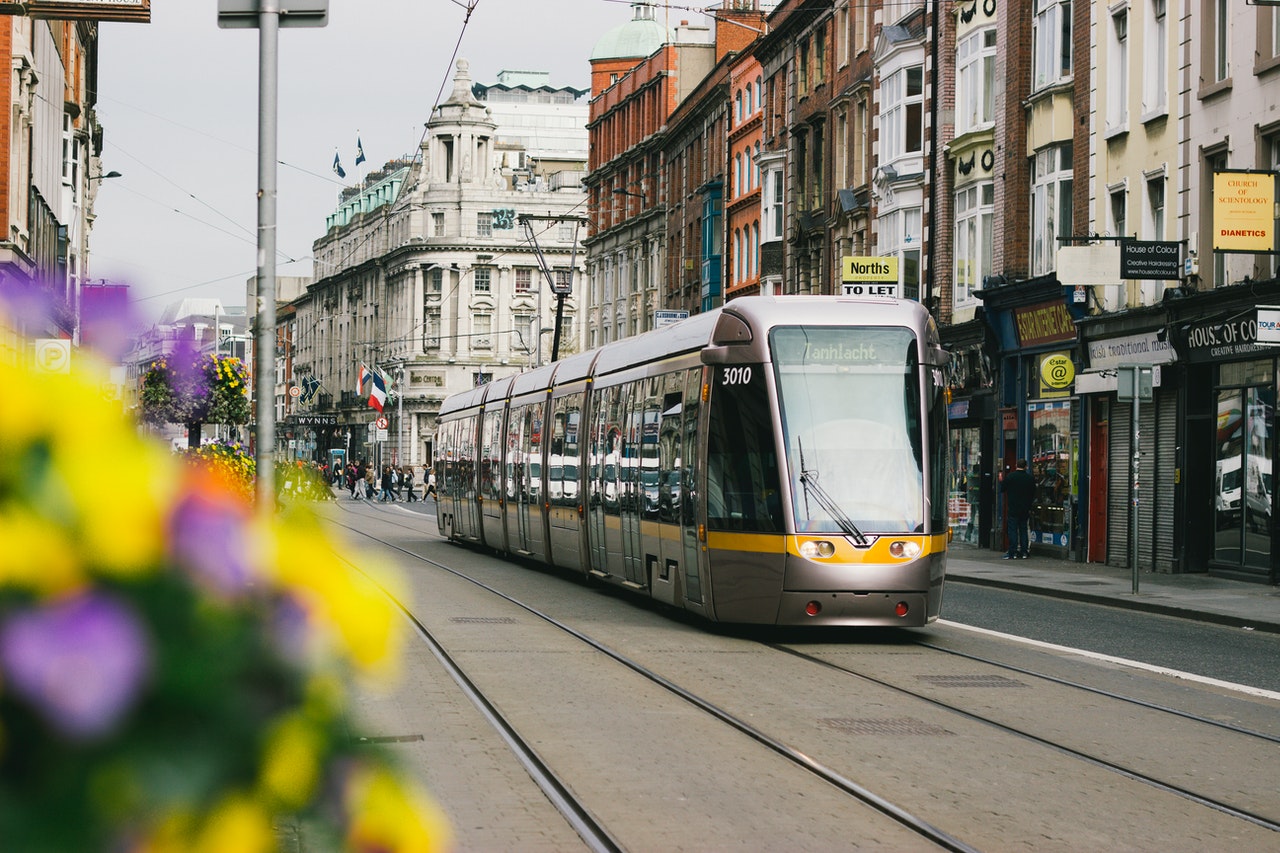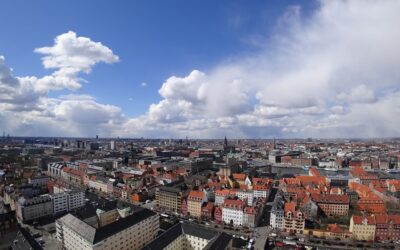In terms of public policy considerations, one question that arises is how the vehicular population should be controlled, to reduce congestion and pollution. In order to ensure good mobility, should we encourage personal vehicles to grow as they are doing now (by providing adequate road space and right of way for them) or should we encourage greater use of public transport – in fact encourage people to shift away from personal vehicles to public transport (by making higher investments in public transport rather than in creating more right of way for personal vehicles). It is clear that public transport occupies less road space and causes less pollution per passenger than personal vehicles.
In the context of road infrastructure, public transport like buses score better on the desirability scale in comparison with two wheelers (2 stroke and 4 stroke), cars with petrol engines on aspects like pollution load (measured in gm/pass-km) and congestion effect (measured in PCU/pass).
Doubts have been expressed on the wisdom of building fly-overs or widening city roads to resolve the problems of gridlock on a long-term basis. It has been the experience in several parts of the world that though such investments do help in easing traffic flow in the short term, congestion re-surfaces at a higher volume. This results in the re-emergence of the congestion, at an even higher level of traffic. Therefore, policy makers should encourage and support investments in facilities that would wean people away from the use of personal vehicles rather than build facilities that would encourage greater use of personal motor vehicles. These would imply the need for investments in improving public transport rather than in adding to road capacity through building fly-overs or widening roads.






